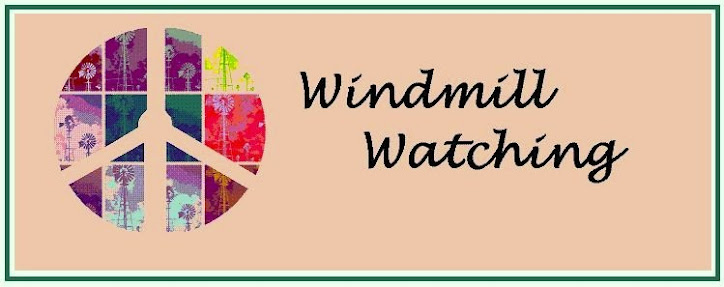When I learned about the concept of Foucault’s pipe, it was at a religious university that was so opposed to any form of smoking, we could not even talk about it in the classroom. So instead of showing us the classic, “This is not a pipe,” picture, the professor put up a picture of a chair and asked us: is this a chair?
I was so annoyed.
Of course it was a chair.
I don’t know if he was wearing a bow tie, but he was definitely the sort of man who would wear a bow tie. Probably with brightly colored glasses that changed from day to day to match his bow tie. He asked us to raise our hands if it was a chair and I knew this was a trick of some kind, but it was a chair. So I raised my hand.
He smiled in that way that let me know I had done exactly what he wanted me to, and he said to me, “So, it’s a chair?”
“Of course it’s a chair,” I said.
“Okay. Come up here,” he said. “Come sit in it.”
I definitely did not stand up and try to sit in it.
Because the most annoying thing about Foucault’s pipe/chair, is that it is not actually a pipe and it’s not actually a chair: it’s a picture of a pipe, a picture of a chair.
I hate this.
Why do I tell you this story even though I hate it?
It’s not just because they sent me to a “how to torture students and be wicked” class before they let me become a professor. (Although, yeah, they totally did that.) It’s because even though it gives me rage, the whole picture/story/thing (and I really hate to say this) it makes a good point.
In all rhetorical modes, there’s the subject (the chair) and then there’s the medium (the picture). And if the artist/photographer/writer/creator has done a good job, you don’t even think about the medium part. You’re fully immersed in the subject.
The medium is invisible.
This is more true in writing than almost any other place.
Writing has a magic to it. And I say that not just because Twitter thinks I’m a bog witch, but because I believe it. Writing has a magic that extends beyond its ability to be invisible. Writing is the place where any and all subjects meet. You can write about fairy princesses, and you can write about particle physics. You can write about both at the same time! And when you’re done, what do you have? You have thoughts on science, thoughts on princesses, stories, theories, logic, fantasy, almost literally anything in the world.
Also, you have writing.
People hardly ever think about the invisible medium—that it’s writing they’re reading. But it is writing. And the fact that the very best writing is almost always invisible is precisely why we need to study it.
So how do you study the invisible medium?
How do you teach people to do something that, when successful, draws absolutely no attention to itself at all?
Personally, I turn to the absolute master of pedagogy: Ms. Frizzle.
Ms. Frizzle wears loud dresses covered with stars or plants or planets. She has a pet lizard, drives a magic school bus, and is canonically gay. She gives students so much freedom and agency, and she approaches learning with something deeply important to me: joy. One of her creators, Bruce Degan, says that her magic is that she can take “even the boring-est, unsexiest topic,” and turn it “into a crazy adventure.”1
Her trademark phrase is “take chances, make mistakes, and get messy.”
Writing well relies on our willingness to do this: to take chances, to make mistakes, to get messy. Audiences are dynamic and there is never a consistent set of rules that will be applicable for every audience, for every occasion, for every purpose, throughout all time.
Revision is where the core of writing success lies. Being able to re-see, re-think, re-write. And when you allow yourself the room to make mistakes, to be messy, and to do it joyfully, you are so much better situated to develop the long-term writing skills you need to effectively learn to communicate.
I believe in creating a classroom environment that is joyful, where the stakes are low enough that students will take chances, where the curriculum is iterative enough they will keep going back again and again until what they’ve created works—until the writing becomes invisible.
Ms. Frizzle does not smoke pipes, and neither do I, but both of us believe giving students the tools they need to successfully develop the skills that are so important starts with developing a love for and a joy in the process, itself.
1 Lauren Mechling, “This School Year, Unleash Your Inner Ms. Frizzle,” The New York Times, Aug 31, 2020. https://www.nytimes.com/2020/08/31/parenting/ms-frizzle-magic-schoolbus-teaching.html

